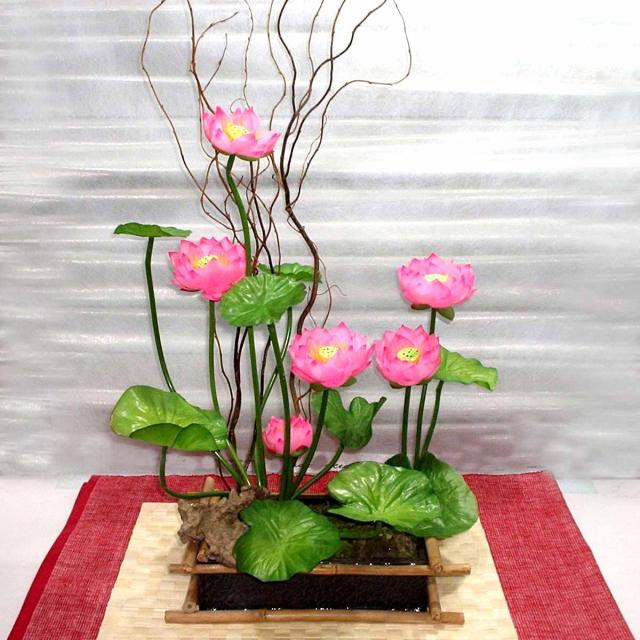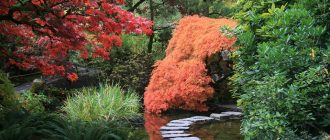Want to learn how to create a work of art from flowers? Learn about one of the most unique practices of Japan which is the phenomenon of Japanese flower art.
Ikebana is the name of a unique art form that originates from Japan. Basically Ikebana is the art of flower arrangement. It is also known as Kado which means way of flowers.
The art of flower arrangement is much more than putting flowers inside a container. Rather it is a disciplined art form which brings together the elements of nature and humanity. The focus of Ikebana is not on making arrangements of multicolored blooms rather this unique art form focuses on different elements of flowers such as the stems and leaves.
The main focus of Ikebana is to make use of different elements of art such as line, shape and form. This form of creative expression is highly disciplined and requires the artist to stay within the perimeters of the art form. The general rule of Ikebana requires all the different elements that are going to be used such as leaves, branches, grasses and flowers must have an organic construction.
The artists brings forward his expression by means of the choice of color combinations, graceful lines, natural shapes and the general meaning that the whole composition is meant to have.
Another integral aspect of the art of ikebana is minimalism. A traditional ikebana composition consists of a restricted number of blooms that have to be interspersed amongst the leaves and stalks.
The Ikebana composition has a structure that is based on a scalene triangle. This is delineated by three major points which are the twigs, the container and different styles of pottery. Different schools of Ikebana give various metaphorical meanings to these points.
Origins of Japanese flower arranging
The Ikebana art form is considered to be a rather ugly form of art which dates back to more than six hundred years ago. The origins of this form of art can be traced back to the religion of Buddhism and the practice of offering flowers to the dead.
It was in the 15th century that the first classical Ikebana compositions came into being. Buddhism was introduced in Japan as early as the 6th century and this was where the roots of Ikebana lay. The offering of flowers was considered to be a ritual of the Buddhists. In fact the initial Ikebana artists were Buddhist priests and members of the religion. With the passage of time however many different schools and styles of Ikebana emerged and the art form became a custom in society.
The oldest school of Ikebana is known as Ikenobo. The school sprung up due to the extra ordinary talents of a priest belonging to the Purple Cloud Temple who attracted a large number of priests from other areas who came to him in order to learn the art. The fact that he lived next to a lake which in Japanese is known as Ikenobo led to the school being named as such.
It was here that many people were trained and eventually became experts at the art of flower arrangement. With the passage of time many different styles of Ikebana developed and it became a widely practiced form of art in Japan.





